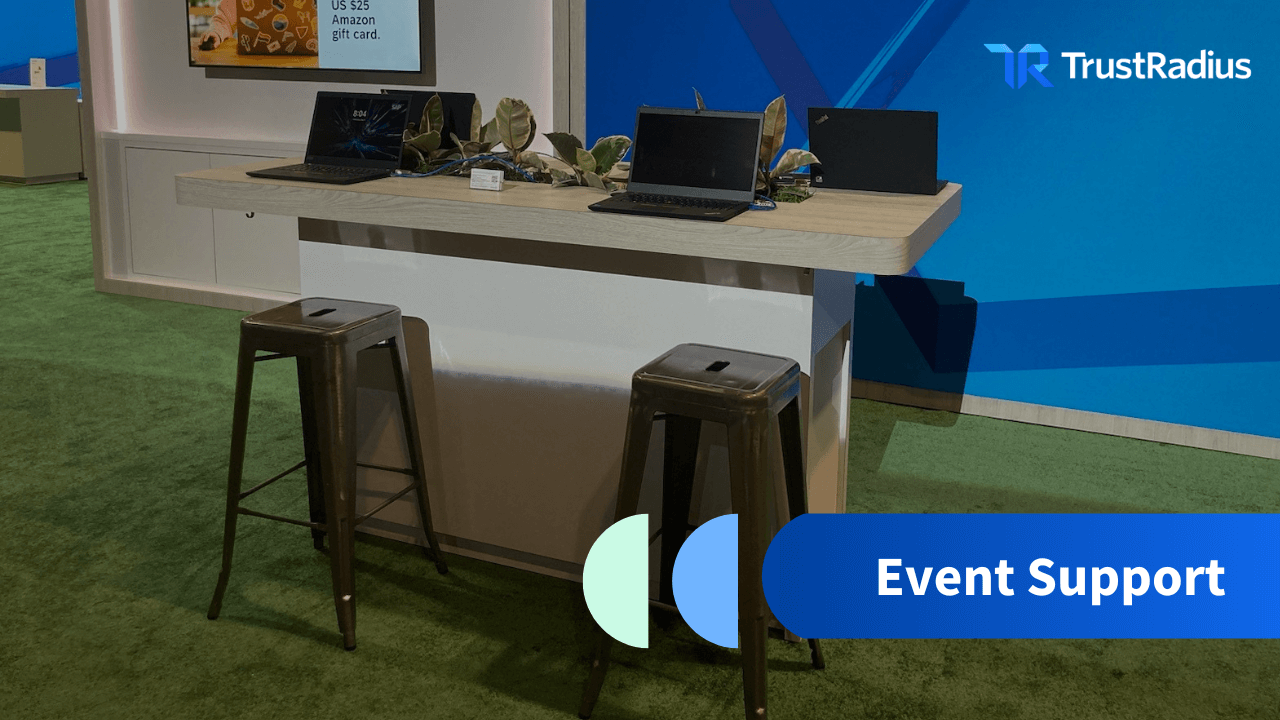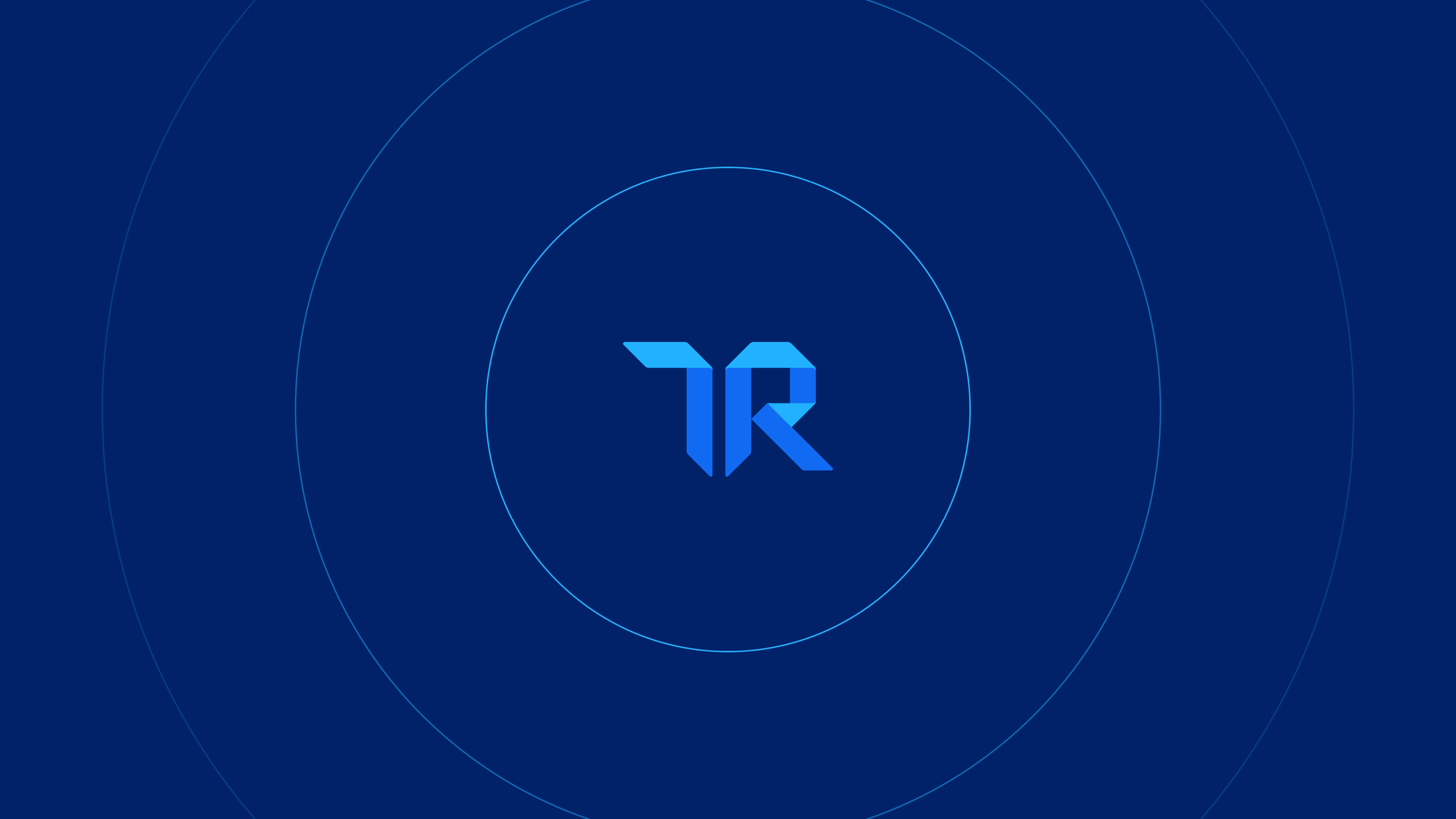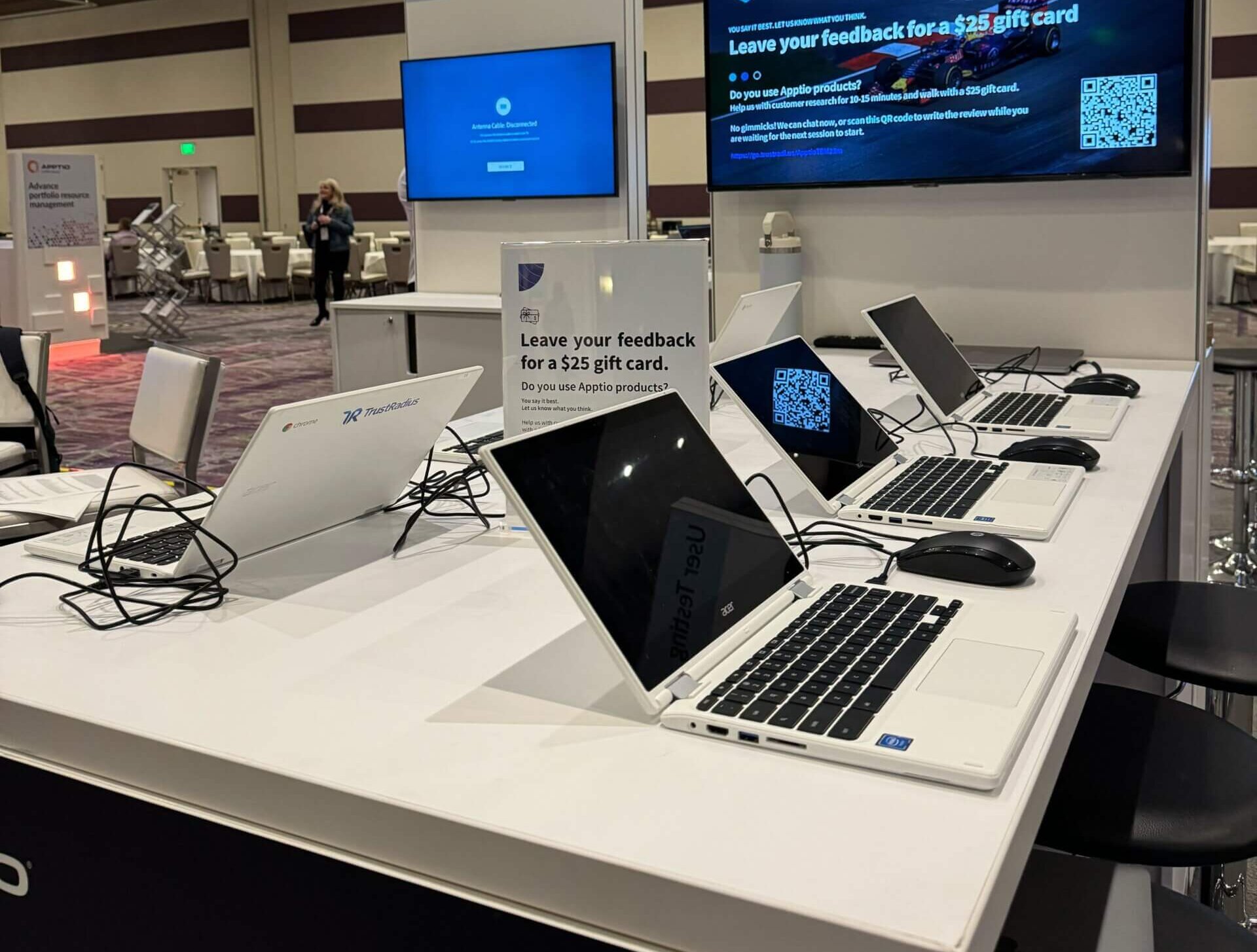Generate Demand with Downstream Intent Data
Buyer intent data is everywhere, all coming from the same source of online behavior, like search and content consumption. B2B marketing teams mostly use third-party data and struggle when they expect the wrong outcomes. Third-party intent data providers partner with thousands of publishers across the internet, collecting topic and keyword research activity tied to IP addresses, browser cookies, and other third-party data sources. They use algorithms to model that data to show accounts and individuals who are potentially researching information about a problem. These intent signals are useful for making buyers aware of you, but they tend to lose their effectiveness as buyers start to explore specific solutions and products to solve their problem. Marketers are misguided and overwhelmed with the different types of intent signals and are not sure how to act on them.
Third-party intent data contain aggregated signals from several disconnected content sources. Whereas second-party intent data, also referred to as downstream intent, is someone else’s first-party data—which is direct and actionable buyer intent, this data is highly valuable to discovering buyers who fit your ideal customer profile, since it’s derived from software review platforms like TrustRadius. Prospective buyers come to the site to research products by reading reviews, checking pricing of your products, and running product comparisons against your competitors. All this activity creates strong signals of intent because these visitors are in the process of making a buying decision, and because of the in-depth quality of content on a review platform. For example, decision-makers coming to TrustRadius are from mid-market and enterprise companies are spending on average 12 minutes on page researching and comparing software. Reviews are 4x longer and more detailed than most other B2B review platforms, so buyers can get the insight they need to make the best purchase decisions for their use cases.
TrustRadius provides two types of intent data: category- and product-level. The category-level data reveal target accounts that are researching products in your technology category, which could include your products and competitors. When segmenting and targeting these accounts, campaigns should focus on making the audience aware of your product and how it differentiates from others in your category. Targeting an audience researching your product with campaigns promoting demo requests, free trials, and other bottom-of-funnel offers perform well.
Marketers who use TrustRadius downstream intent data see consistently better campaign performance, like a 30% boost in ad performance and up to an 81% increase in account engagement.
To learn how you can get started with TrustRadius, reach out to hello@trustradius.com.














